How To Get Your Service Dog Off-Leash
This page is about how to get your service dog off-leash without shock collars.

OFF-LEASH DOG TRAINING
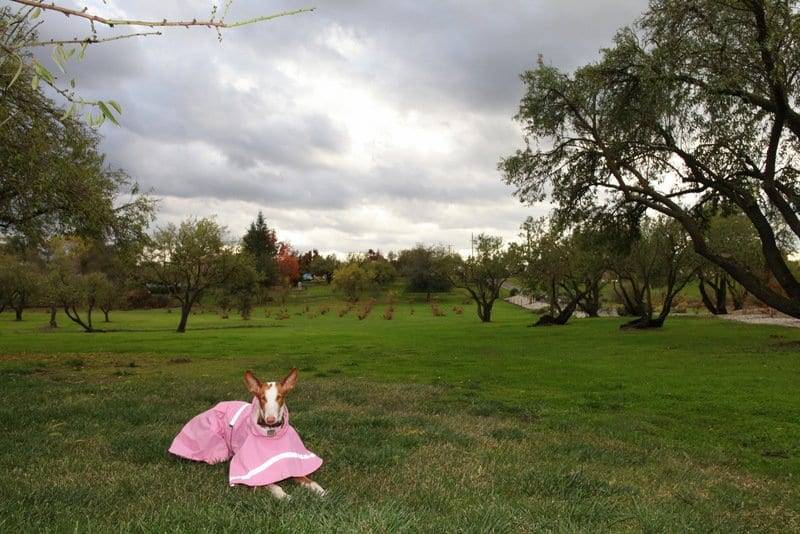
Kyla’s owners needed Off-Leash Service Dog Training and could not take their Egyptian Ibizan to the beach without her stealing flip-flops from peoples’ towels on the sand and running around with them and not listening.
HOW TO GET YOUR DOG OFF-LEASH by David Baron
“OFF-LEASH DOG TRAINING”
Just means that your dog does not run off and comes when called.
I tell people that the typical level of obedience they can hope to expect to achieve with my Service Dog School of America program would be them able to wash their car with their dog off-leash, or able to have their dog on a “Down-Stay” for an hour or longer when friends visit their house or in a crowded hotel lobby.
If someone has children, they should be able to have the kids and dog play in the front yard without fear that the dog will run down the street.
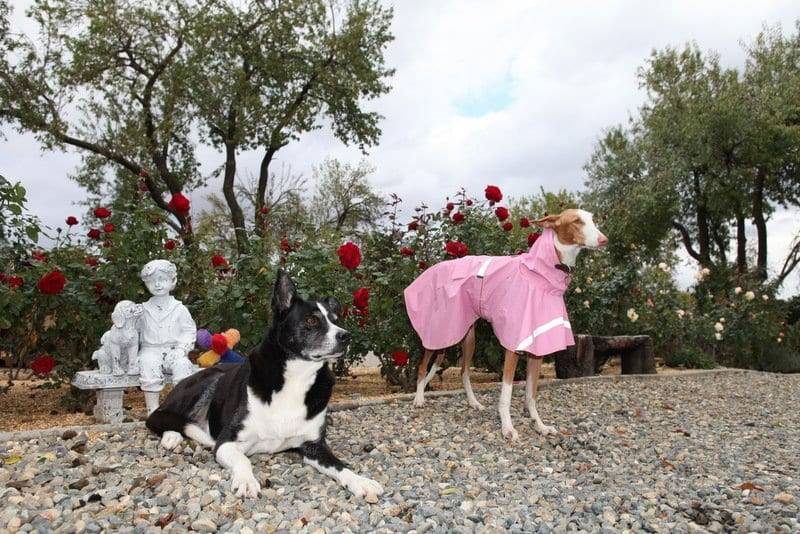
People call and say they want just “Basic Off-Leash Dog Training,” but when I ask them if they want their dog to come to them even if it is not on a leash, the answer is always, “Yes.” Either a dog is trained, is obedient and listens—or it is not. There is not a whole lot of in-between.
The Service Dog School of America program does not have Level I, II and III’s because I do not know how to half-train a dog.
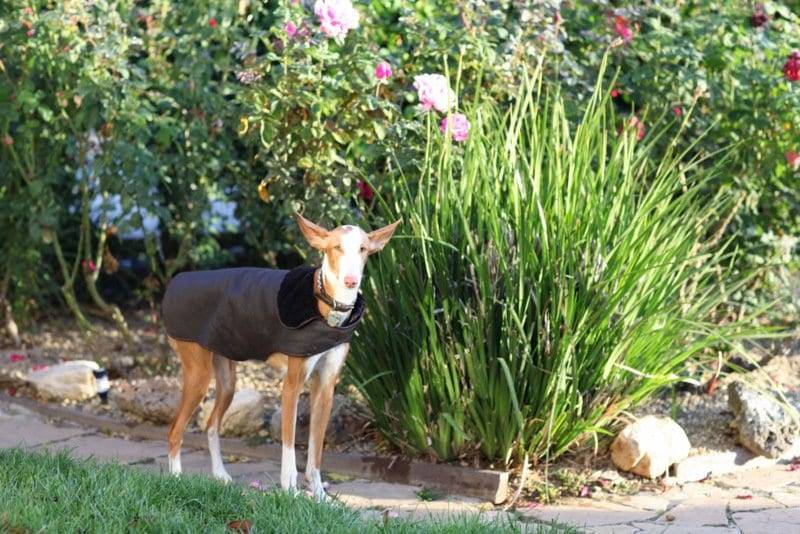
THE RELATIONSHIP, ATTITUDE AND HONESTY
I have a relationship with my dogs based on respect and trust where the dog does things for the right reasons. My dogs love me and know I will take care of them. If I say, “No,” they listen. Who I am to my dog is everything.
Before I can tell you how to be who I am to dogs we need to discuss what “Attitude’ means. When you have the right attitude you think, act, move the way you should, and your posture, timing, body language and voice will all be in accordance. If you have the wrong attitude, who you are to your dog will not seem believable or worthy of respect.
The off-leash dog training system I use and teach is all about the right attitude. Although there are a few techniques, none matter if the person or dog has the wrong attitude. There are only a few commands or techniques: the dogs just do not run away, come when called, listen and do a few basic commands like “Come” and “Stay.”
I get off-leash dog training to my dogs because we have a relationship where everyone has the right attitude. Like anything in life, one cannot affect much change without having the right attitude first.
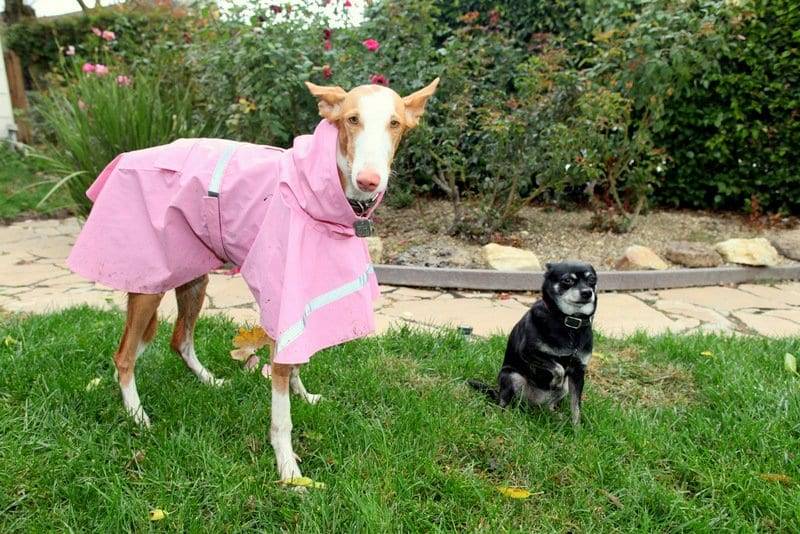
HOW WILL I KNOW IF I HAVE IT OR NOT?
I probably have the right attitude when everything is easy and there are no problems and life is carefree and rewarding. When I have the right attitude I have a bright future and everything under the stars and heavens to look forward to—and the dogs do everything just the way they should.
And If I could just be honest enough while training and practicing with my dogs then I could know everything there is to know about dog training. It is like being almost blind and then putting on glasses and seeing everything perfectly clear when I am totally honest my dog. When I am honest with myself I have all the right information.
Some people it takes a little longer to get their dog trained because being honest is not just a character trait but also a skill that can only be cultivated through time and a lot of practice with their dog. I am talking about the skill of gaining clarity through being very honest about why the dog acts the way it does and what they need to do about it. Everyone has their own level of expertise in being honest with themselves in different areas. So the question of when will the dog gets trained depends on when, and if, someone gets honest enough to be able to have the right kind of relationship with their dog. That there is a relationship implies a certain level of honesty exists.
If your dog is not as trained as you would like, you need the kind of clarity that can only be gained by self-reflection during interaction with your dog. This clarity can only be obtained by being very honest while practicing dog obedience and in everyday interaction.
My job is to lead dog owners in the right direction in that regard and teach off-leash dog training.

“TRAINING” DEFINED
Training is a series of choices. You need to make the good ones wonderful and the bad ones not good or even lousy. The problem is that dog owners often make the good ones lousy and the bad ones rewarding. They do things like scream “Sit” at their dog or pet them when they jump on people. The message you give your dog needs to be the right one and you need to be sure your dog receives the message you intend.
Children do not listen either, but parents have consequences like time outs, taking away privileges, etc. Dogs quickly correct other dogs with their voice and act quickly to set other dogs straight if necessary. One dog attacks another dog for an instant and one minute later they are playing with the ball. Dogs do not punish each other, so we do not punish dogs either, we correct them. The correction I use is “No.”
The key to whether your dog will listen or not often depends on how motivating your “No” is. If your “No” is not believable, unconvincing and weak it is not motivating. Keeping this in mind, you don’t need to be as motivating or convincing if your dog is submissive and subordinate, and you have the dogs focus.
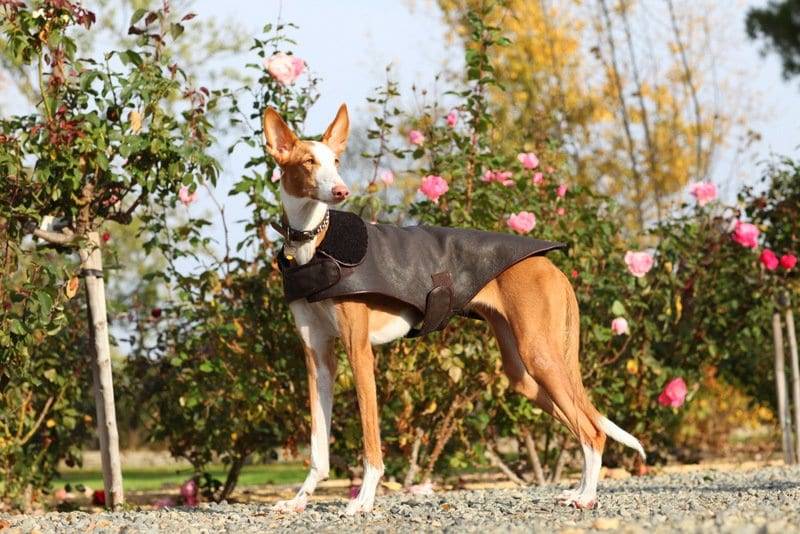
THE DOG NEEDS TO PAY ATTENTION
You can forget about being motivating if your dog does not even hear you. “Trained” means your dog focuses on you. Dogs in a pack do not run after all the animals, they go after the one the leader chooses.
Either your dog is focused on you or it is probably not focused on you. There are no doggie lifeguards because all the dogs would drown except one or two. As where people can keep track of a lot of things at one time, dogs cannot. If your dog is not focused on you, you can probably forget about much off-leash obedience.
I see a lot of people trying to teach their dog off-leash dog training telling their dog “Sit” over and over and it is not even focused on them at all. They would not talk to a person that was blowing them off, but they do it with their dog. With a dog, it is no different from a parent turning off the TV before they tell the kids to do their homework and do chores. Do not give your dog commands if it is blowing you off. The first thing before you even give a command is everything need to come to a complete stop.
Waiting around for the dog to be good is NOT what I am talking about. Many people wait for their dog to be good. I make them stop and listen. I do that by either saying something like “Hey, Hey, Hey” or making the dog stop and look at me by demanding its attention by putting it on command.

THE FIRST SKILL YOU NEED TO HAVE
If your dog does not obey you when it hears “No” it is more than likely because you are unable to back your dog down. If you told a child to put down a cookie jar and the child ignored you, you would need to back the kid down to get her to comply. With dog training it is no different.
Generally, when a dog tells another dog “No” it is accompanied by movement and the dog backs the other dog down. People often just stand there screaming “No” and it does not get an effect. For “No” to be effective it must be accompanied with movement, someone moving forward, someone moving back.
I teach the command “Go On” where the dog goes at least six to 10 feet away and disengages to condition the retraction response. This is the hardest thing for me I teach.
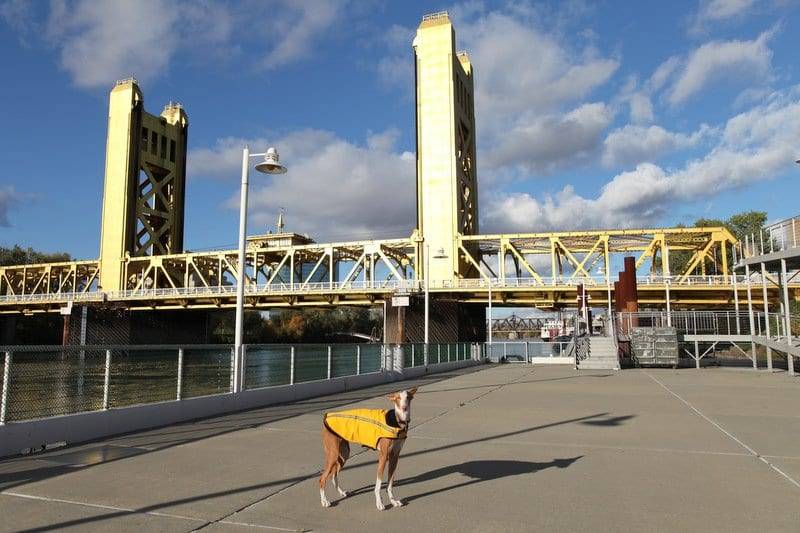
Many people have been taught and/or conditioned to be non-confrontational and are loath to change. I do not ask my clients to change themselves. I say things like they need to move forward and back up their dog when they say “No.” In this case, that the person moves forward when they say “No” makes it confrontational. Another way to say it would be that the person becomes confrontational by virtue of moving forward while saying “No.”
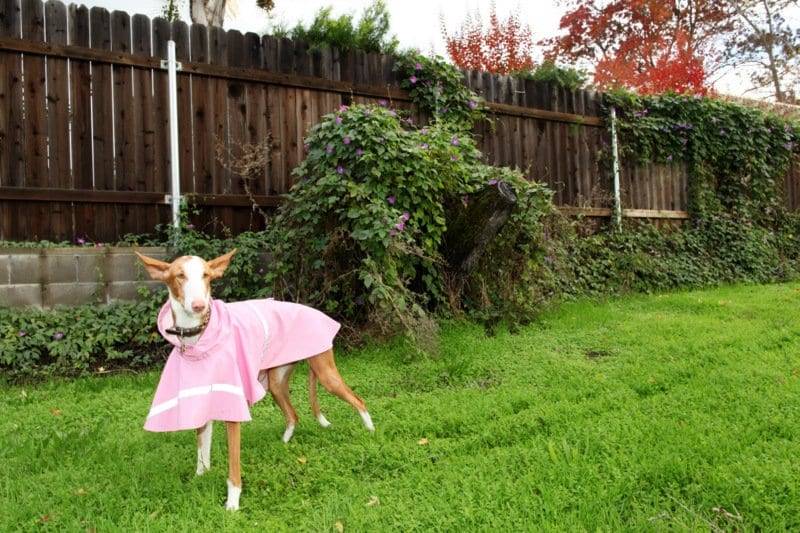
It does not matter what your dog knows if you do not have the right kind of relationship based on certain objective benchmarks. Some people go to dog training for years and have little to show for it.
If you do not work with your dog, and if it will not walk and keep itself behind you subordinately, if it will not submissively hold “Down-Stay” for an hour, and if it will not go away ten feet and disengage when you tell it to—you can forget about off-leash dog obedience.
Either your dog can do the things listed in the last paragraph or it cannot. Many people think that can make up for not demanding standards by loving their dog even more to make up for not really working with it. Trust me on this. No one loves their dogs more than me and how I love them is by doing the right things with them. Affection is only one of the ways I love my dogs. Another way is Off-Leash Dog Training.
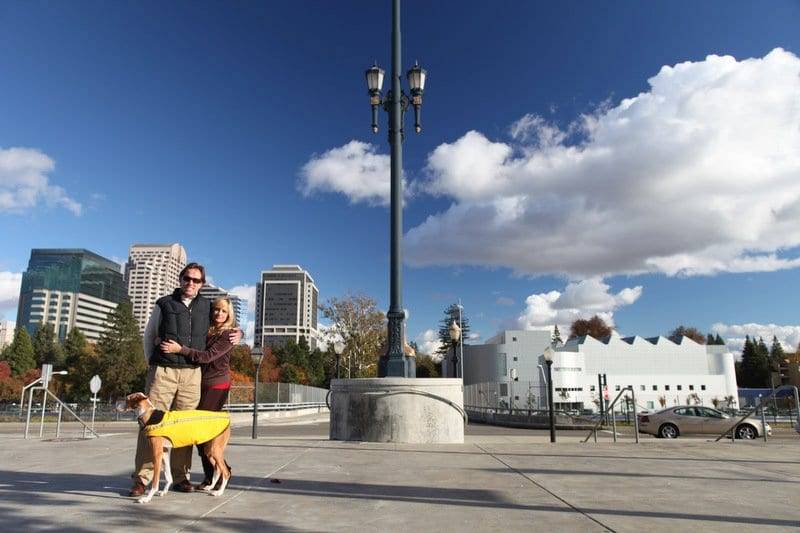
A SPATIAL RELATIONSHIP
I cultivate a spatial relationship with my dogs. Where the dog is in proximity to me determines what kind of relationship I have with the dog. The dog needs to come when I call it, stay when I say, hold its distance behind me when we walk, not crowd, block or lean on me, and go away quickly and disengage when I say to.
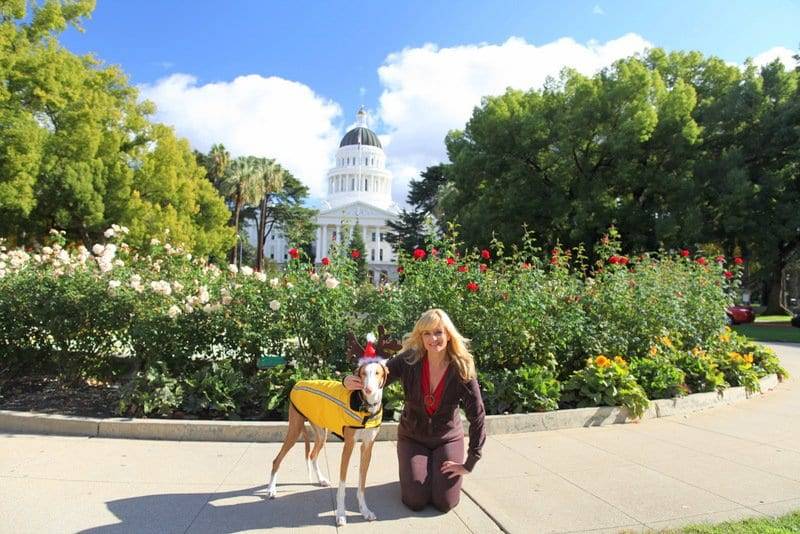
UNDER CONTROL vs. REGAINING CONTROL
Dog owners say that their dog runs away from them and does not listen. Some dogs like how Kyla was will steal things from people and run loose and make you catch them. Then they almost always say that they want to get their dog back under control when the dog goes off, gets an attitude, or gets loose and runs.
You probably cannot regain control of your dog if you never had it in the first place. Well, you might be able to, but it will be a lot harder than having your dog under control and maintaining control.

RETURN-TO-HEEL

Ancient Dogs Getting Off-Leash Dog Training
The Ibizan Hound is also called Podenco Ibicenco. The body is fine boned and slender. The head is long and narrow with a long muzzle that tapers to a point, giving the appearance of a cone. It has a very small stop. The nose is a rosy flesh color. The teeth meet in a scissors bite. The small eyes are a clear amber to caramel in color. The erect ears are large and pointed. The neck is long, slender and slightly arched. The back is level and straight. The chest is long and deep. The front legs are straight.
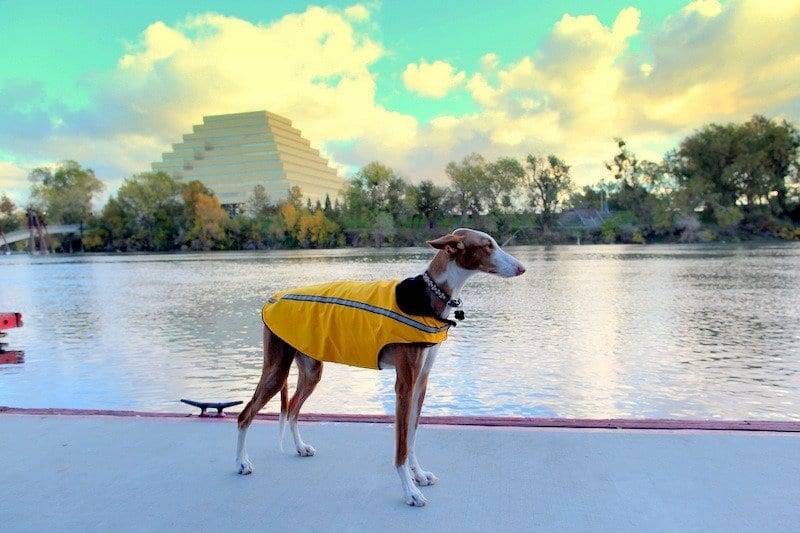
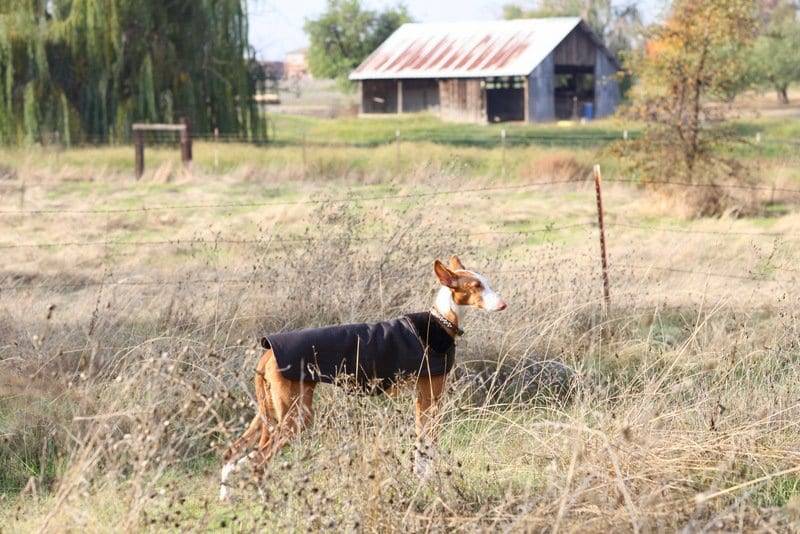
The Ibizan Hounds, sometimes called “Beezers” by their fanciers, are quiet, clean, playful and polite. Good with children, gentle, sensible and sensitive. Protective and somewhat independent. They will hold back watchfully with strangers. Once they decide the stranger means no harm, they will relax very quickly.

This breed is said to have been used to hunt by the pharaohs of Egypt. Sculptures and paintings from ancient Egyptian tombs around 3000 B.C. depict a dog bearing a striking resemblance to the Ibizan hound. This was discovered in 1922, when the tomb of Tutankhamon was excavated. In the eighth century B.C., Phoenician and Libyan merchants took this Egyptian dog on a ship to present Spanish Balearic Islands, where it was named after the island of Ibiza. The islanders kept these dogs away from the other breeds and bred them for hunting hare.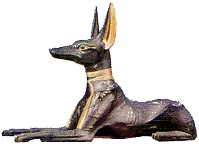

On and Off-Leash Dog Training
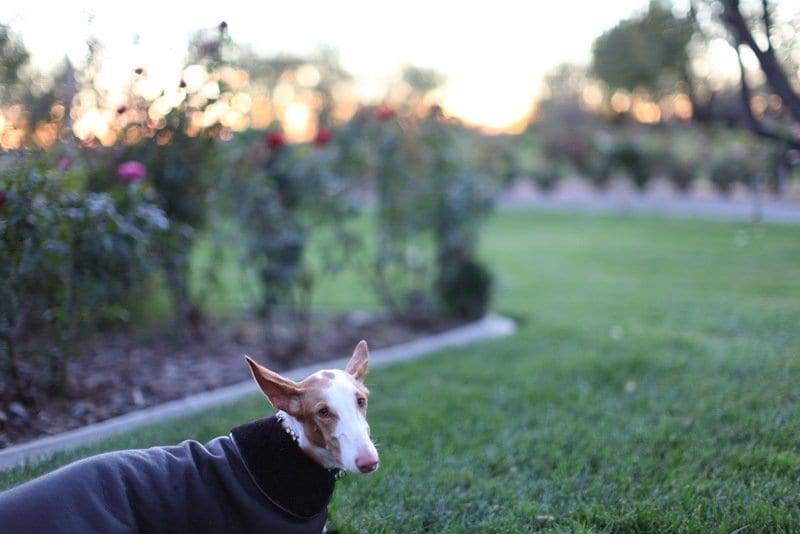
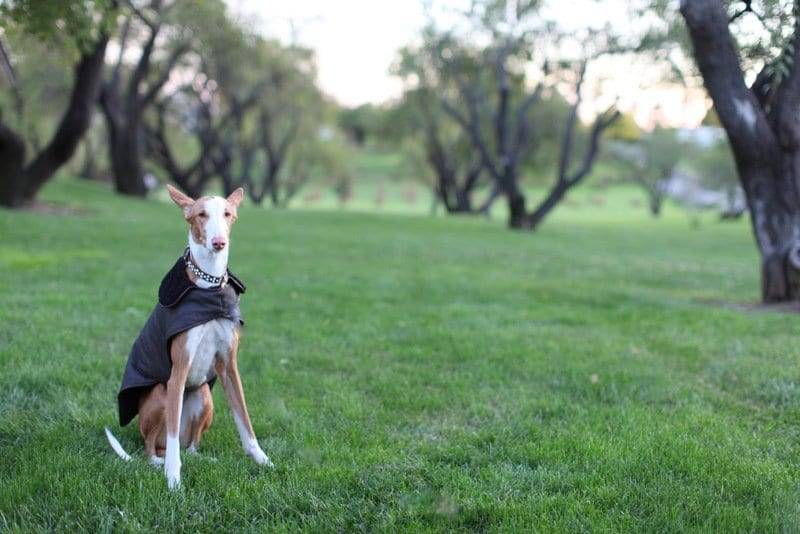


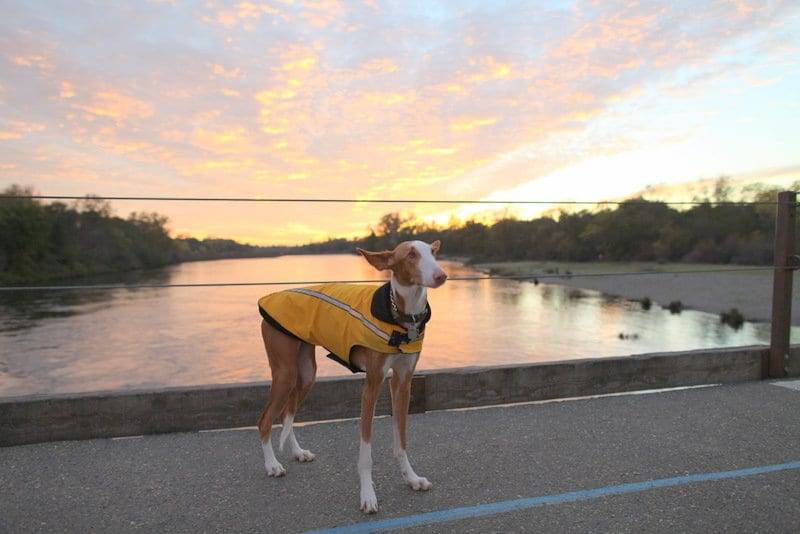
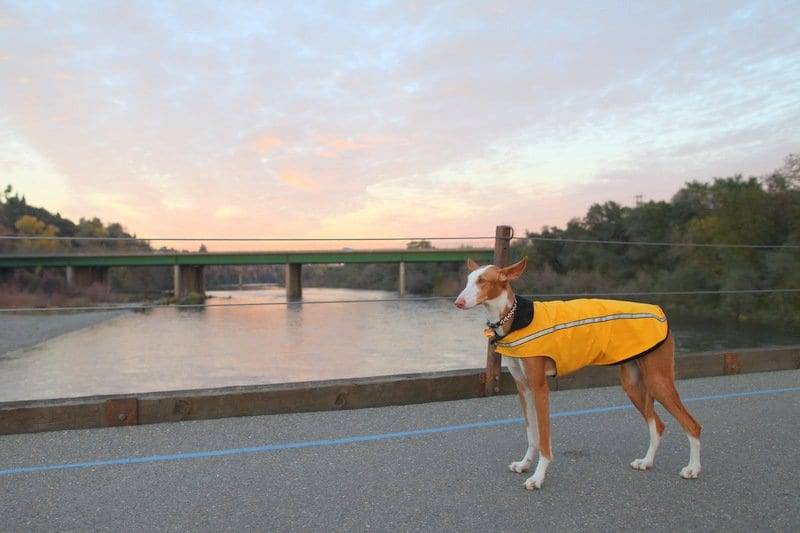
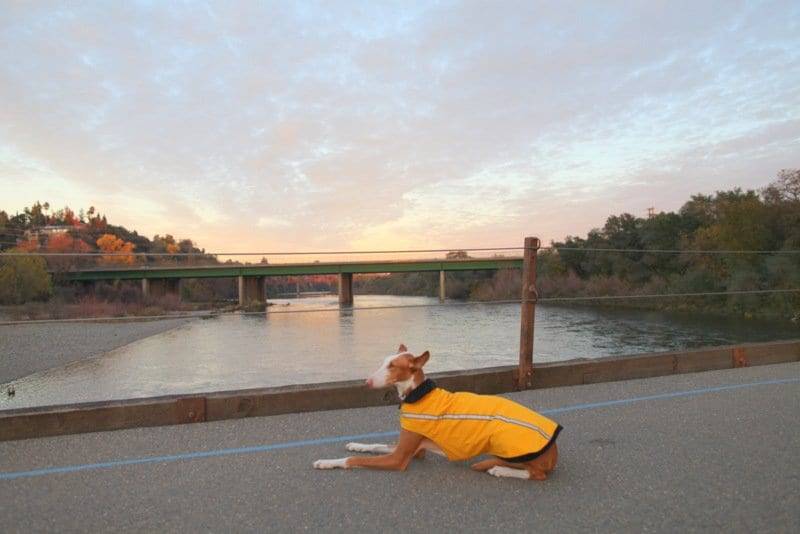
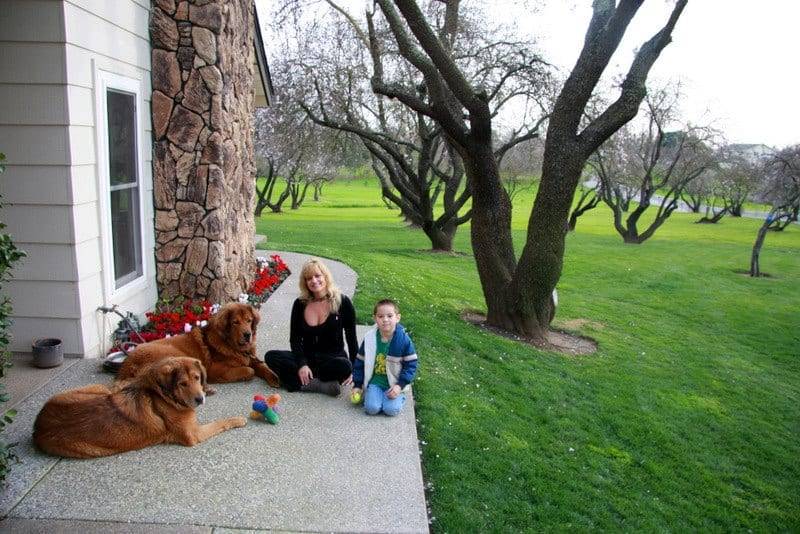
Service Dog School of America